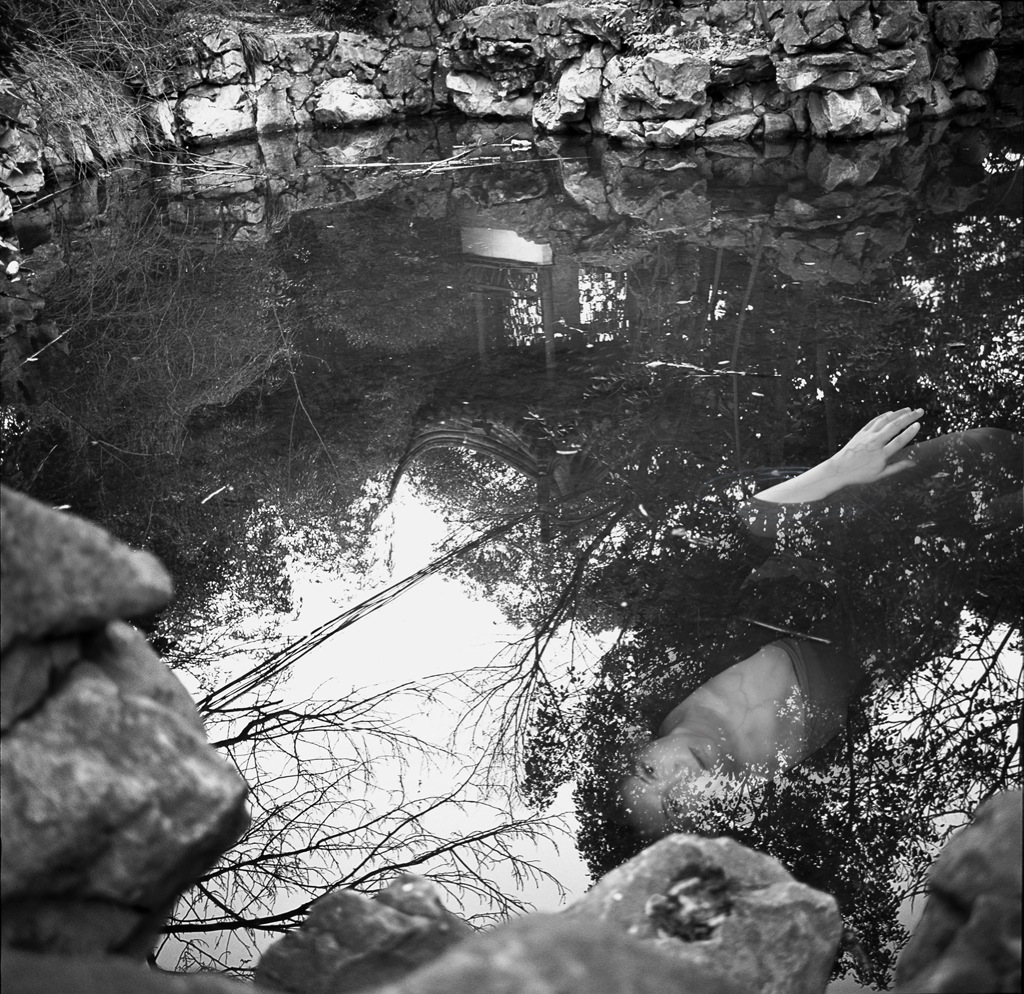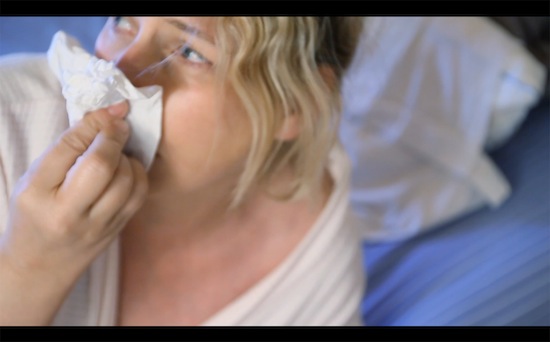
© Mireille Loup
MUSEO MUNICIPAL DE OURENSE Calle de Lepanto, 8 32005 Ourense Espagne
She loves me, she loves me not This description of the exhibition «She loves me, she loves me not» is an attempt to outline some of the essential experiences of relationships, within the vast spectrum of romantic and familiar ones. We did not fall for the vain temptation of defining love, endlessly sang in poetry, described on prose and reflected in philosophy. As to what concerns family, there is no consensus about the origin of the word, nor its definition. Wikipedia presents one of its meanings: “an invisible set of functional demands which regulates its members’ interaction considering it also a system operating through transitional patterns”. We find it a very wide satisfactory meaning under the scope of contemporary family mutations, quite contrary to the definition suggested by Claude Lévi-Strauss. This French anthropologist suggests that "family arises from the moment there is a marriage, and consequently there are spouses and children as a result of the union." In our opinion this is an outdated significance, since marriage doesn’t hold anymore the exclusiveness of the origin of family bonds, notwithstanding that it is a sacrament in most of the cultures and many mating rituals can be included there. With present time’s evolution of society, new family configurations appeared. It is true that single parent families largely result from the rupture of marriages, but they derive too, from the possibility a woman has to generate a son independently. And there is also the rainbow family, consisting of a homosexual couple with one or more children in charge, not necessarily fruit of a marriage. There is the stereotype of the happy family, living together in harmony, and on the other side there is the dysfunctional one, or even the one where by a number of reasons, hatreds are generated. There are countless dysfunctional situations yet we can’t resist recalling Greek mythology in the figure of Erigone, the daughter of Aegisthus and Clytemnestra. According to legend, after Agamemnon departed to Troy, his wife Clytemnestra becomes Aegisthus’s lover. When Agamemnon returns, Aegisthus and Clytemnestra assassinate him and then they marry. Agamemnon and Clytemnestra’s sons, Electra and Orestes, decide to avenge their father and regain the kingdom, which drives them to murder Aegisthus and their own mother. But horror goes beyond that, when Orestes violates his half-sister, the beautiful Erigone, for whom he eventually fell in love. That is why we really believe that within a family, whatever structure it may have, the common denominator lies, indeed, on a functional framework which manages the interactions among its members.

© Mireille Loup
The narrative we have created starts with the video "Divorced" in which the author, Mireille Loup, particularly talented for the theatre, embodies a group of various women in their forties who raise their children alone. The photographic work begins with "Us alone", by Laura Stevens. We may observe a group of couples in a moment of great strain, with distant looks, difficult relations, leaving the viewer in doubt about the finish, due to time suspension. Next, we are taken into notary registries, recorded by Jorge Miguel Gonçalves. These spaces where marriages and divorces take place, invoke the idea of rupture. In Sharon Boothroyd’s “If you get married again, will you still love me?” we can observe the collateral damages of a broken marriage, where the respective sons question the continuity of parental love. Following up, we can feel a peak of emotional intensity resulting from the confrontation of the works of Alena Zhandarova and Jonahan Togovnick’s works. The first, entitled “City of Brides”, an alias for the city of Ivanovo located in the centre of Russia and an important textile centre, is presented with an idyllic garment, whereas the second sends us into a framework of violence in which the single parent family results from the rape of women in Rwanda. Maternity is presented in a sweet but objective tone with Jana Romanova’s work, who sleeps over in homes where lives a pregnant woman, so that in the morning she may steal the moment. Romanova’s series is in opposition to Zuzana Halanova’s, in which we get acquainted to some women who, for various reasons, did not fulfil their expectations of motherhood. The course introduces us then to the atmosphere of a new relationship. Through the eyes of Bela Doka we observe a kind of enchantment, and subsequently we watch traditional middle-class families who enjoy their leisure at holiday resort, through the work of Anna Fox. And finally Love arrives, in its more obvious and distinctive form. Love in elderly couples who emanate a harmonious union with nature for background, seeming to wish to achieve immortality. In turn, in her series "Picture Me, Picture You," Emer Gillespie establishes a playful and educational relation with her daughter, where love is evident. Certain as we are that many other ways to chart love and family relations would be possible, we believe nevertheless, that through this narrative we have gathered enough matter for the discussion and reflection about the theme we chose.
Currator, Rui Prata, August 2013.
With Sharon Boothroyd, Bela Doka, Anna Fox, Anna Galan, Emer Gilespie, Jorge Miguel Gonçalves, Zusana Halanova, Jana Romanova, Laura Stevens, Jonathan Torgovnik, Alena Zhandarova

